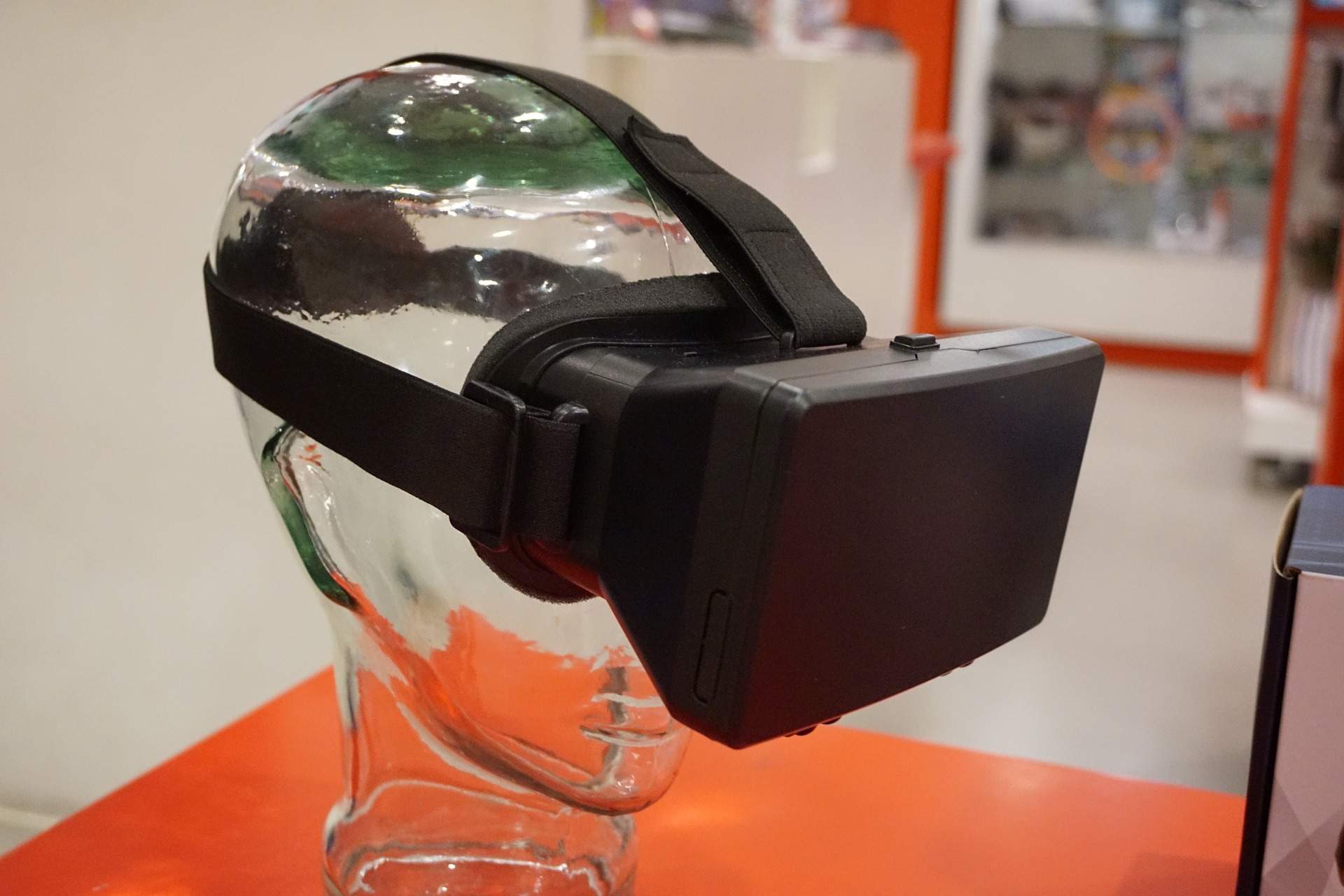Who is buying VR?
05 September, 2016 Reading: 2:38 mins
Google tells me that in the last 24 hours alone virtual reality has featured in over 11,700 news stories.

Google tells me that in the last 24 hours alone virtual reality has featured in over 11,700 news stories. Although this has undoubtedly been helped by announcements happening at IFA in Berlin, it seems VR is dominating technology news at the moment.
However, the only people I know who own a VR rig are game designers who have bought an Oculus Rift or HTC Vive in order to play around with making a VR game. No-one I know has bought it as a consumer purchase.
So why have consumers been so apprehensive about adopting this new tech?
The main thing to note is that there are two main types of VR systems available at the moment. On the cheaper end of the scale, you have a headset or viewer that you can use with your smartphone. At the other end you have powerful devices that need a high-spec PC to run.
The systems that utilise a smart phone, such as the Google Cardboard, the Samsung Gear and the Homido, all have similar limitations. Whilst they allow you to look around, you have to remain rooted in the same spot for them to work, and many only allow the user to engage with the space around them in a very limited way. They are a far cry from the fully fledged environments that are offered by PC supported systems. There is an argument, from outlets such as Wired, that such experiences shouldn’t even be called VR. However, in comparison with the PC based systems, the cost is relatively low and will allow consumers to enjoy a first taste of VR.
At the other end of the scale, we have the systems which require a PC to run, such as the Oculus Rift and HTC Vive. Not only are these far more expensive than their smartphone counterparts, retailing at £549 and £759 respectively, they also require a high spec PC to run them (costing around an additional £1,000). Unfortunately, this cost puts it well out of the average consumer’s price range, and that’s before we start looking at the space requirements some of these systems need.
If smart phone headsets don’t meet consumer expectations of what VR should be like, and stand-alone machines are too expensive, it is unsurprising that consumer adoption has been slow.
However, on the horizon is a third choice and the option that I think will draw many consumers in, and finally take VR into the mainstream – the PSVR from Sony. Due to launch in October 2016, the PSVR offers the same kind of immersion as the Oculus and Vive, at almost half the price (it is expected to be £349 for the base package). It also has the advantage that it will plug directly into the PlayStation 4, which instantly opens the platform up to those who aren’t looking to buy an expensive PC purely for gaming.
With the PSVR hitting the sweet spot between price and accessibility, it wouldn’t surprise me if this is finally the system that tempts consumers to jump into virtual reality.